Interested in launching a tokenization project in Switzerland?
Talk to us!
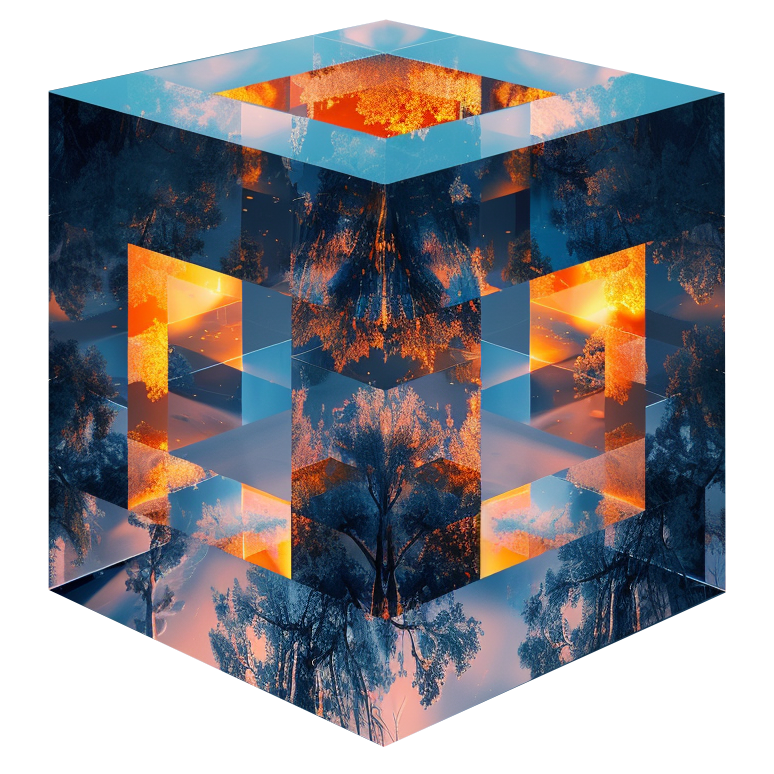
Tokenization in Switzerland
Switzerland is renowned for its picturesque landscapes, high quality of life, and robust economy. But beyond its scenic beauty, Switzerland has established itself as a global hub for innovation and technology. Swiss cities are home to numerous tech startups and multinational corporations, benefiting from Switzerland’s stable political environment, excellent infrastructure, and business-friendly regulations. Additionally, the Swiss government actively supports innovation through various grants and incentives, making it an attractive destination for tech companies.
For Web 3 businesses, Switzerland offers a particularly favorable environment. The country is known for its progressive stance on blockchain and cryptocurrency, often referred to as the “Crypto Valley” due to the high concentration of blockchain companies in the Zug region. Switzerland’s clear regulatory framework provides legal certainty for blockchain and crypto ventures, encouraging innovation while ensuring compliance. Furthermore, the presence of a vibrant ecosystem of investors, incubators, and accelerators helps startups thrive. Combined with Switzerland’s reputation for privacy and security, it’s no wonder that many Web 3 businesses choose to establish their operations there.
Why tokenizing in Switzerland?
Regulatory Clarity
Crypto Valley
The Zug region, known as Crypto Valley, is a global hub for blockchain innovation, with a high concentration of Web 3 companies and expertise.
Privacy and Security
Switzerland is renowned for its strong privacy laws and secure financial systems, which are crucial for Web 3 projects.
Stable Economy
Tax Benefits
Access to Capital
Switzerland has a well-developed financial sector, providing ample opportunities for funding and investment in innovative projects.
Innovation Support
Quality of Life
1. Sygnum Shares
Type: Tokenization of equity

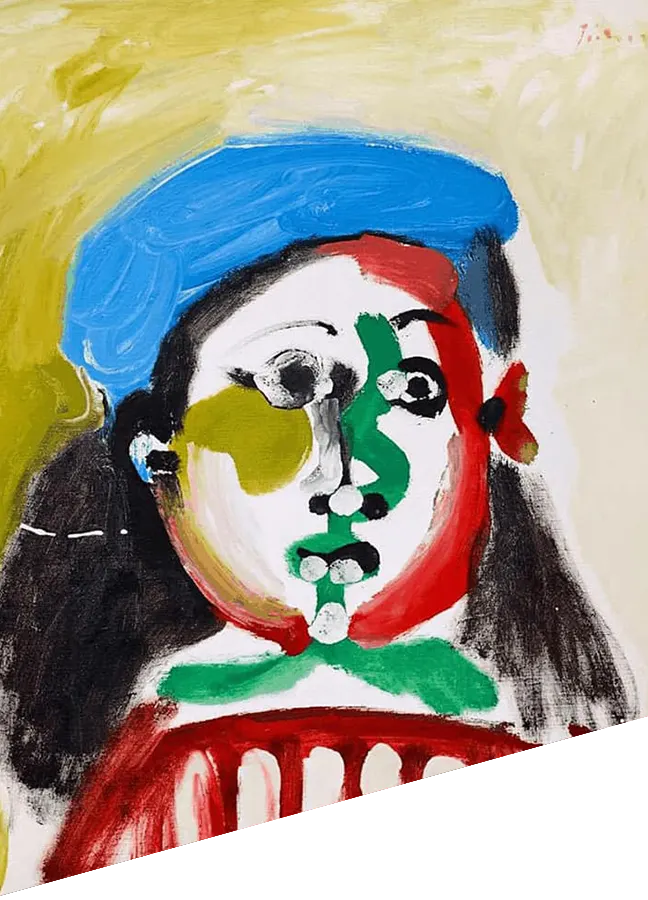
2. Picasso's "Fillette au bereit"
Type: Tokenization of art
3. Cryptopunk 6808
Type: Tokenization of collectibles


4. Fine Wine Capital
Type: Tokenization of collectibles
5. Fasanara Capital
Type: Tokenization of debt

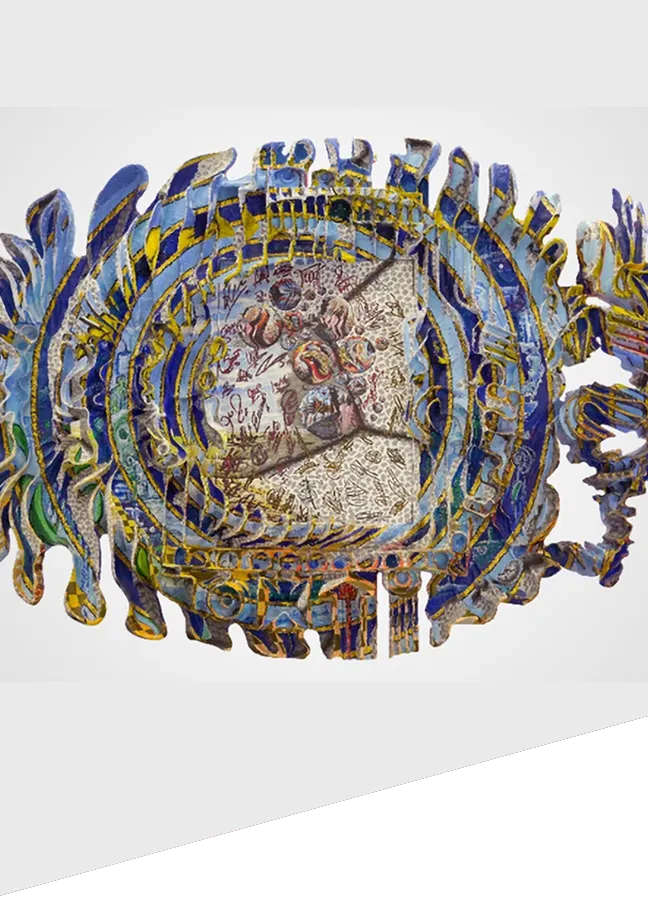
6. David Pflugi sculptures
Type: Tokenization of collectibles
7. Mt Pelerin
Type: Tokenization of equity
Mt Pelerin Group SA is a well-known company in Switzerland for providing fiat-on ramp services. The company was one of the first to tokenize 100% of its share-equity.
The objective was to sell a portion of startup equity to early supporters, offering them direct ownership with true value and solid legal protection. Instead of opting for simpler token forms common in ICOs and STOs, Mt Pelerin aimed to provide a product that mirrored traditional shares in all aspects.
The solution was the creation of a real tokenized share, representing the first share-token. Each token equated to a share, affording token holders identical rights and legal protection as traditional shareholders. This innovative approach distinguished Mt Pelerin from tokens simulating shares through private contracts, providing enhanced protection.
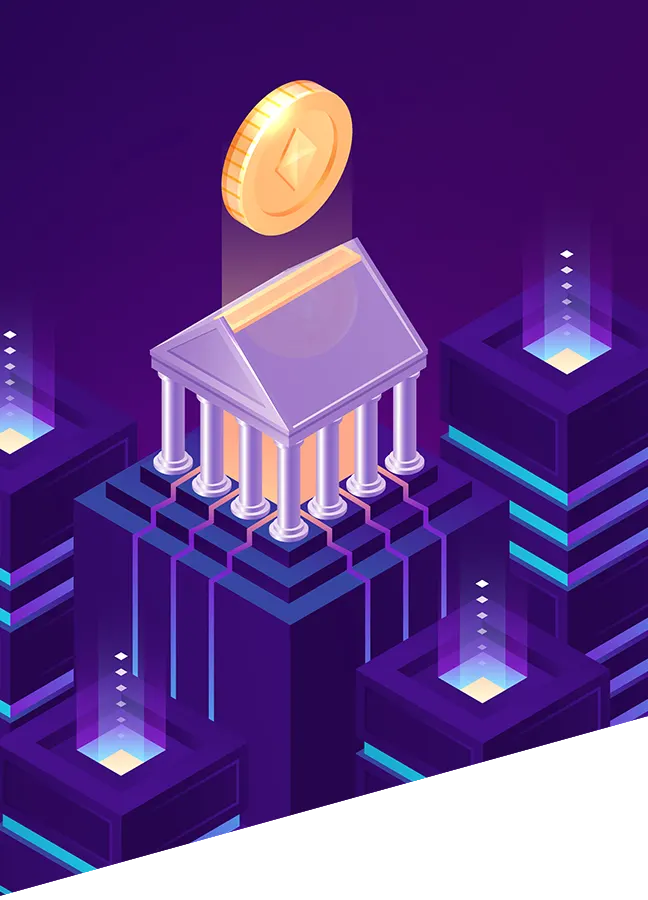

8. Seba shares
Type: Tokenization of equity
SEBA Bank, a Swiss financial institution with a FINMA license, successfully tokenized its Series B equity using the Blockchain. This move, announced in December when Swiss blockchain laws were enacted, established SEBA Bank’s Equity Tokens as fully compliant with Swiss private and corporate law. The tokens, based on the ERC20 Ethereum standard, provided a secure and regulated digital custody environment within the bank, ensuring compliance with DLT Law.
By issuing security tokens on the Blockchain, SEBA Bank introduced a new standard of security, efficiency, and flexibility in Digital Corporate Finance and Asset Tokenization. The bank, known for its seamless integration of digital and traditional assets, offered enhanced capabilities to its international clients seeking innovative solutions at the intersection of traditional and digital banking. The Equity Tokens were designed to facilitate seamless connectivity for trading and liquidity on future globally recognized digital liquidity venues, further solidifying SEBA Bank’s position at the forefront of blockchain-based financial services.
9. SEBA Gold
Type: Tokenization of commodities
The Swiss SEBA bank collaborated with Argor-Heraeus and aXedras to create a Gold Token, backed by responsibly sourced gold. This initiative aimed to offer a cost-effective means of accessing precious metals to promote the Swiss gold ecosystem.
Unlike traditional gold derivatives investment vehicles, SEBA Bank emphasized that its Gold Token allowed holders to redeem physical gold at any time without incurring storage and transportation costs.
The SEBA Gold Token functioned as a stablecoin in the digital economy, facilitating transaction settlements, trading, and serving as a store of value. This provided holders with a hedge against volatility in both traditional and crypto markets. Additionally, the token allowed for physical delivery in quantities specified by investors, ensuring empowerment with responsibly sourced gold.


10.La Pradera Ranch
Type: Tokenization of equity
La Pradera is a well-established 20-year cattle farm in Bolivia, that embodies the “Grass to Cash” concept.
The Finka Token, a unique financial instrument was a tokenization example combining cattle ranching with blockchain technology. It’s a revenue sharing token based on 3000 hectares and more than 3500 head of cattle. The Finka Token was launched and made available for purchase at Area2Invest, a licensed marketplace in Liechtenstein, with Bitcoin Suisse serving as the preferred end customer custodian.
Finka token holders share the yearly Net Operating Revenue (NOR) generated by cattle operations, providing a return ranging from 5% to 8%. Beyond its financial aspects, the Finka Token served as an impact investing tool, promoting financial inclusion, democratization of capital, and aligning with ESG principles. The token encapsulated the value creation of cattle ranching, providing retail investors access to this ancient yet highly productive activity.
The Finka Token, as a financial instrument, converged the solid business fundamentals of cattle ranching with blockchain flexibility. Supported by a cash-positive underlying productive asset, the cattle herd at La Pradera Ranch, the token distributed top-line NOR yearly to all token holders.
Additional benefits included access privileges for token investors to visit La Pradera Ranch, experience cattle ranching firsthand, and engage in various activities. As opportunities arose, existing token holders were granted early access to invest in new cattle operations, translating into discounted investment opportunities.
11. Alaïa Sportresort in Crans-Montana
Type: Tokenization of equity
Alaïa is a popular action sports destination in Crans-Montana with thousands of monthly visitors, offering unique experiences through sports and hospitality infrastructures, including the Alaïa Chalet, sports center, and Alaïa Lodge. The resort shares were tokenized in 2021 with the infrastructure providers Taurus and Credit Suisse. This tokenization aimed to streamline capital management for Alaïa.
Approved by FINMA, the tokenized shares were set to be traded on the Taurus Digital Exchange (TDX), utilizing an ERC20 extension on the Ethereum Blockchain. The “CMTA20-Token” followed guidelines from the Capital Markets and Technology Association, ensuring a secure linkage between digital tokens and underlying shares.

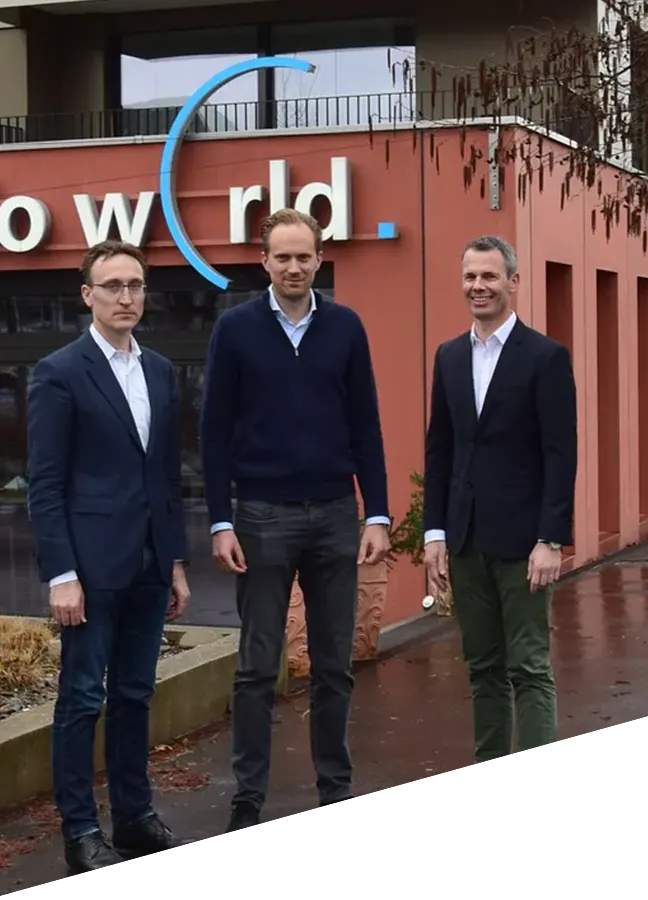
12. Hello World
Type: Tokenization of real-estate
Approximately 3m CHF, equivalent to 20 percent of the property value, were tokenized in Baar, Switzerland with the help of Block immo. It was reportedly the first property in Switzerland with a “digital twin” on the Ethereum blockchain. The Baar property, including 18 apartments and the “Hello World” restaurant, was sold to four investors.
Elea Labs supported the transaction by providing property data, aiming to secure and decentralize property information in the digital realm.
To address cryptocurrency price fluctuation risks, a Stablecoin, CryptoFranc (XCHF), was used in the Baar property investment. Bitcoin Suisse’s subsidiary, Swiss Crypto Tokens, supported the transaction, emphasizing the significance of CryptoFranc in the Swiss blockchain economy.
13. Healthbank
Type: Tokenization of equity
Healthbank, a Swiss health data platform did an STO already in the year 2019.
With the aim of revolutionizing the storage, use, exchange, and sharing of personal health data, putting control back in the hands of users., Healthbank has received 3.2 CHF in funding through a security token offering. Healthbank enabled users full control over data and ownership of the platform and company. The decentralized nature of the STO aligns with healthbank’s cooperative model.
The STO was part of healthbank’s strategy to finance growth. Investors are able to gain dividends, cooperative access, and platform privileges.


14. BlueOcean
Type: Tokenization of equity
In October 2018, BlueOcean Ventures II made history by becoming the first tokenized medtech VC fund in Switzerland. The launch of SwissVCToken, a dedicated STO platform, enabled token holders to profit from startup investments. BlueOcean Ventures II, based in Geneva, focused on investing in medical device and life science startups, aiming to foster innovations for a healthier world.
Medtech, through virtual diagnostics and innovative treatments, addressed diverse health issues globally. BlueOcean Ventures II concentrated on investments in medical device, diagnostics, and life sciences startups, supporting their growth with financial guidance and strategic vision.
The fund had already invested in five promising startups: Ava, Rheon Medical, Volumina Medical, Luciole Medical, and Abionic. Using the STO platform, BlueOcean sold BOV Tokens, backed by real assets and tied to the value of existing portfolio companies. This allowed qualified investors to gain early profit indirectly from BlueOcean Venture II’s portfolio.
Key benefits included asset backing, liquidity transformation of VC investments into tradable assets, and accessibility with both cryptocurrency and fiat payment options. The presale of 5 million tokens, with a 60% bonus, opened on October 15th, followed by a 30% bonus on 20 million tokens until November 30th. STO net proceeds were entirely invested in BlueOcean Ventures II. Token holders could choose to wait for a pro-rata share of the fund’s proceeds or trade their tokens.
